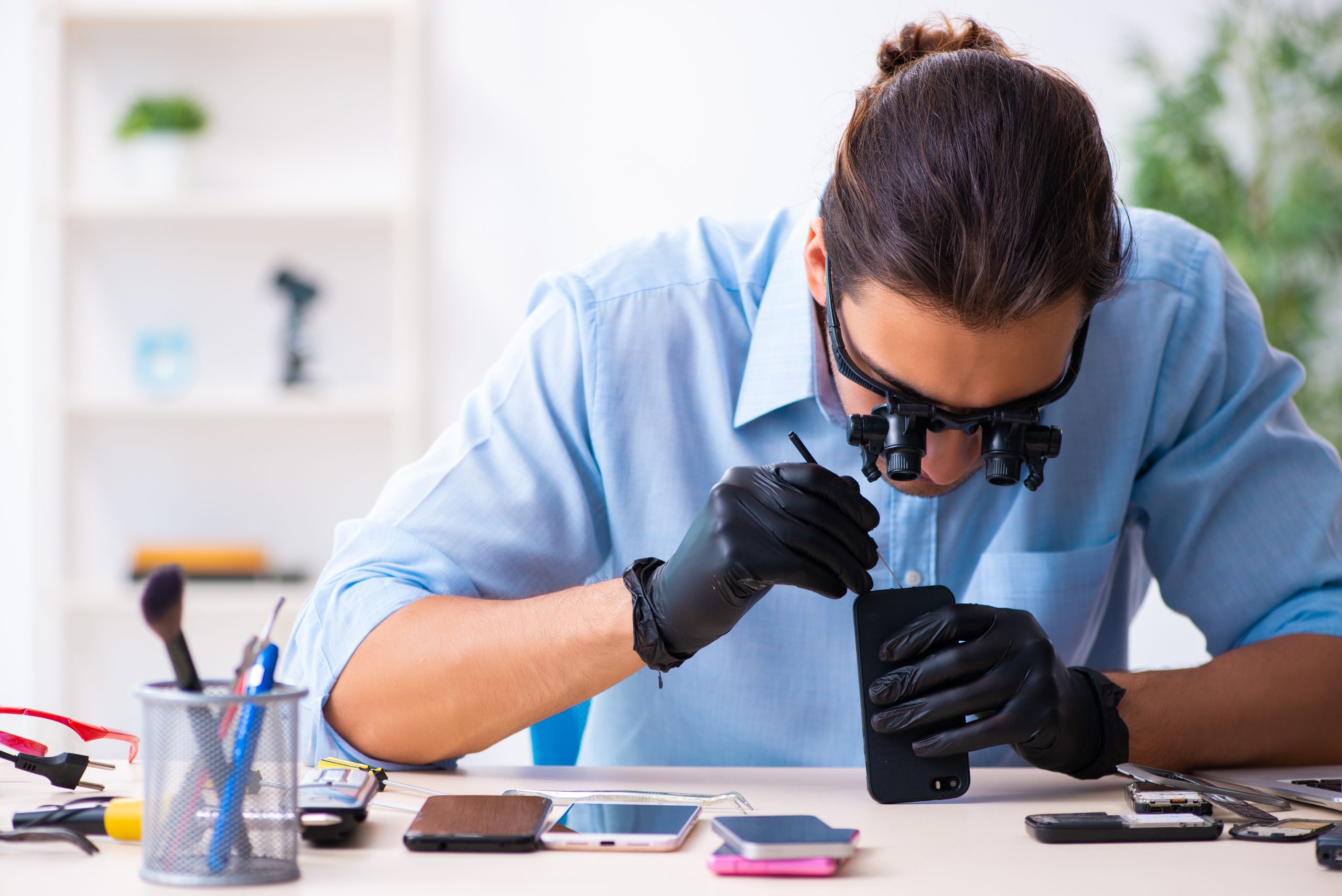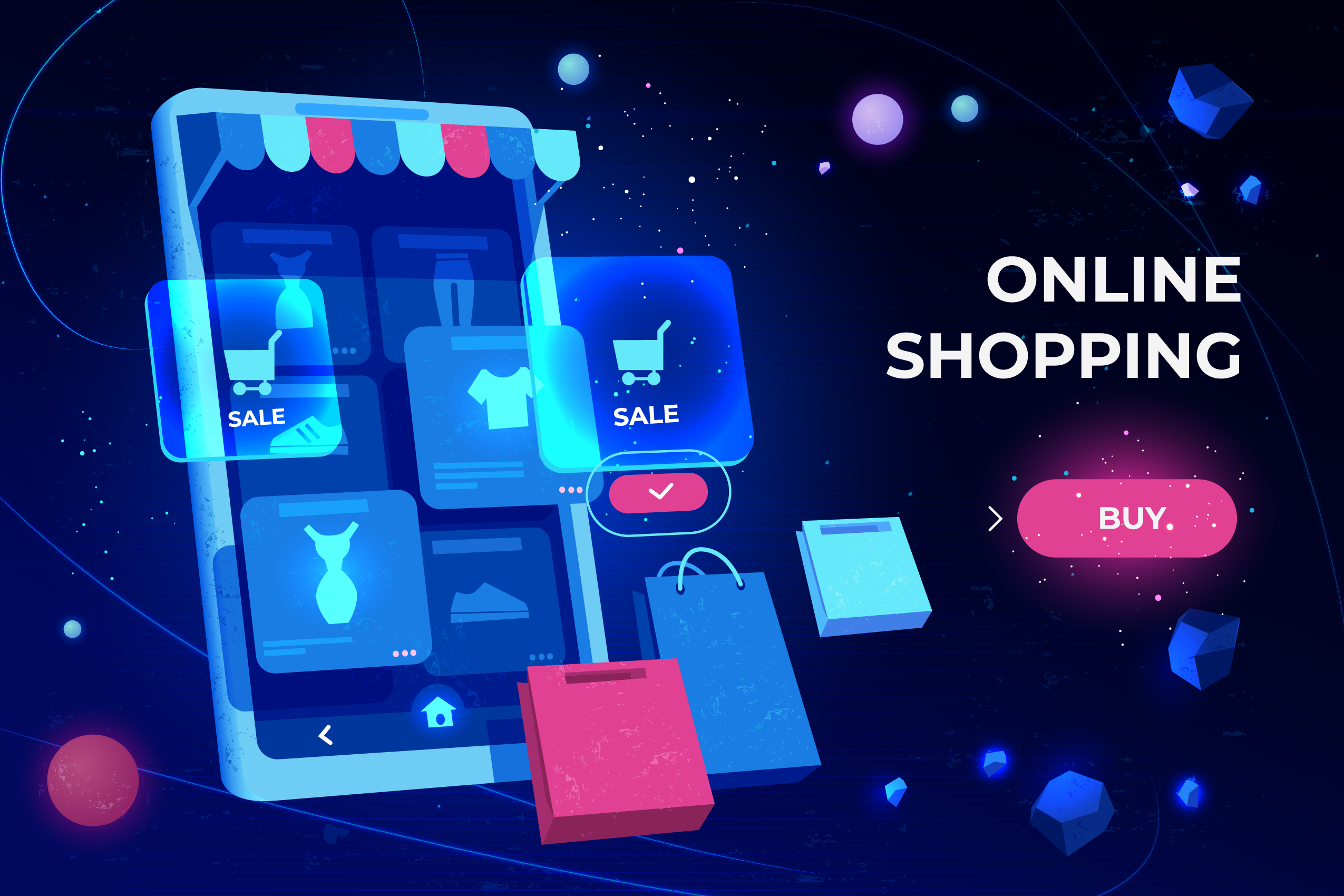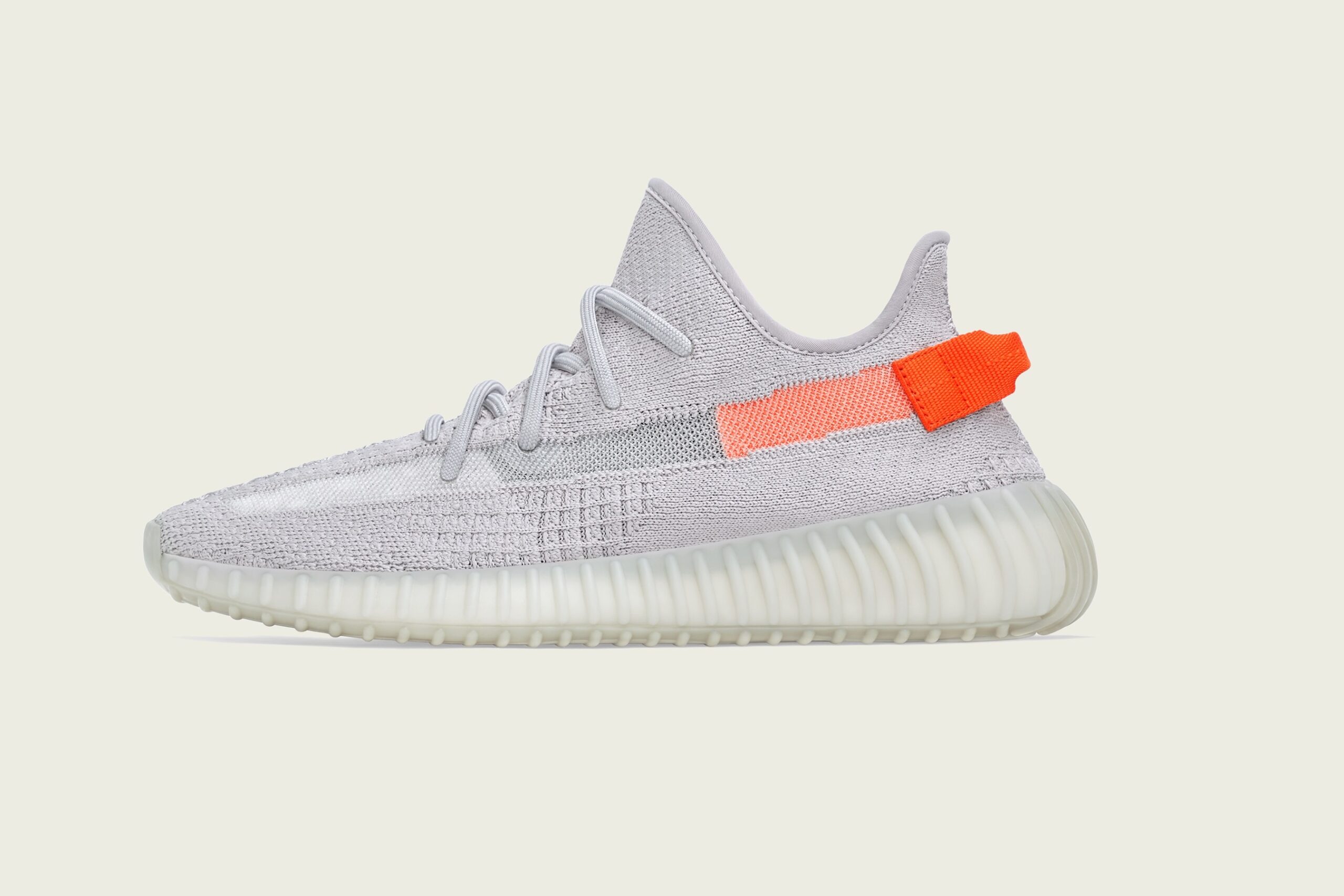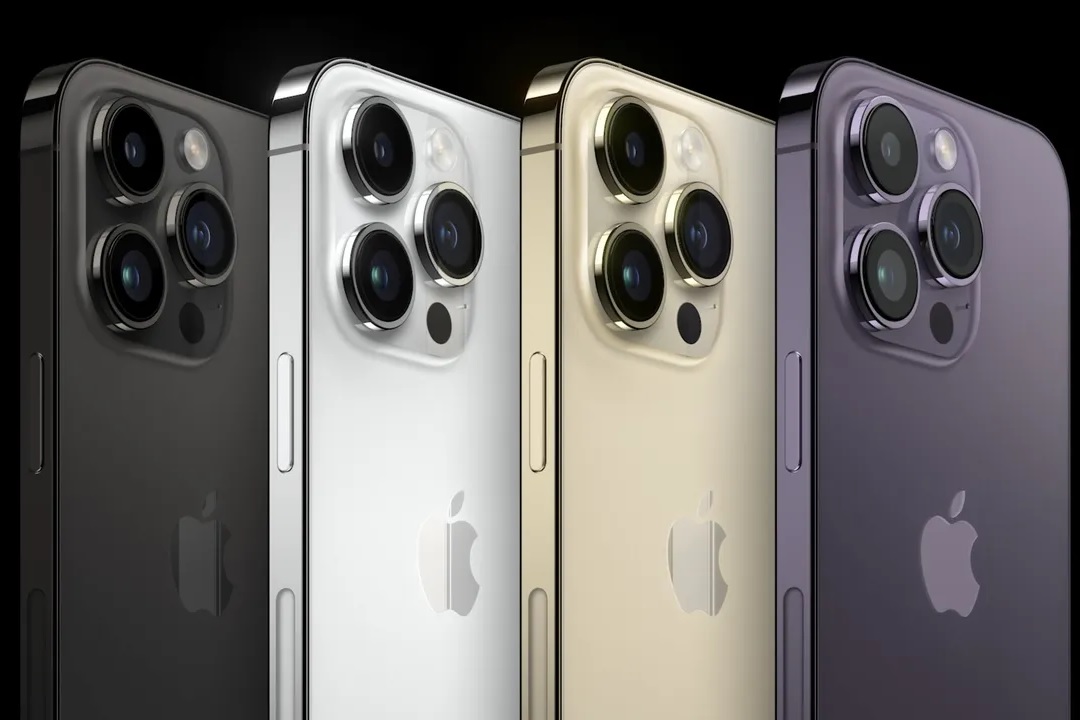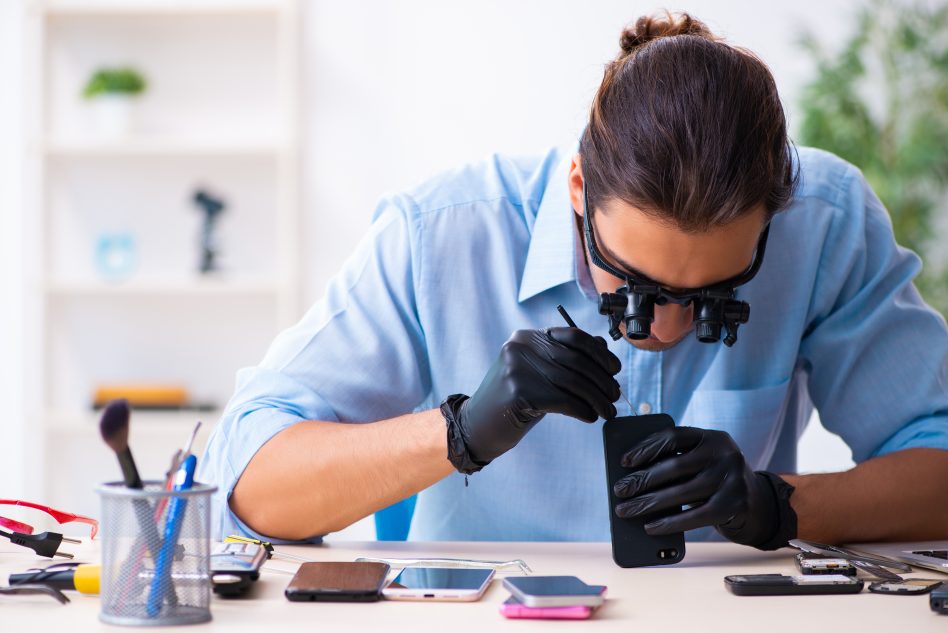
Have you ever wondered what happens to your iPhone after you trade it in for a new one? Well, for starters, it has now become part of the 65-billion-dollar secondhand phone market industry. Last year, over 70 million used and refurbished phones were shipped in the United States alone.
The secondhand phone business is a booming enterprise, with tens of thousands of phones, primarily Apple iPhones, being refurbished and resold every week all across the globe. How this process is actually done though, might surprise you.
Some go straight to wholesalers in other countries, while others get cleaned up and resold to individual customers with Apple’s permission on established websites such as Amazon or the popular refurbished phone selling site, Back Market, or in select stores.
To better understand how, for example, an iPhone 11 can go from a trade-in value of around 200 dollars to being resold for a price tag of roughly 350 dollars, a closer look into the refurbishing process must be taken into account.
The first step in proceedings is data erasure and a preliminary inspection of their condition known as triage. The phones are taken at mass and connected to computers that run software specialized in removing any customer information from the devices.
Once this has been completed, the phone is put through many tests to determine the working condition of its screen, camera, speaker, as well as many other components. If the device passes all the tests, it is ready to move on to the next stage, cleaning.
Once the phone has been rigorously cleaned both inside and out, to the point where it looks almost good as new, it is ready to be graded. In this step, the phone is looked over by an expert and receives a grade based on its overall condition. This is done to determine a price point on the device before it is ready to be resold.
This grading process includes examining the front glass, the back glass, and the housing of the phone for any scratches or other defects. After a grade has been given to the phone, it is ready for the final step, kitting.
The phone is placed into what is known as a ‘kit box’ and is now ready to be shipped out to a potential buyer. Before the phone is sent out, it is packaged with a charging cable and lots of padding to ensure the phone’s protection and well-being.
A product information for the phone is then uploaded to a refurbished phone-selling website or shipped to an approved store, and after this point is officially back on the market to be purchased once again.
Now that it’s ready, the next question you might be asking is, how much is somebody going to pay for it? As Apple doesn’t continue to sell many of its older models of phones, getting a completely accurate estimation is difficult, but according to experts, a device such as the iPhone 11, for example, can be expected to be resold for around 20% – 30% below its original retail price.
This is believed to be a good discount to the customer, while also affording the reseller a profit margin of around 15%, meaning that they produce enough net gain to buy more secondhand inventory and continue the refurbishment process.
The break this down even further and provide some more context in the process, an iPhone 11 has a trade-in value of around $200. It is then bought by a refurbishing company for around $250. Once the phone has been fully refurbished, it is listed for resale at a price point of around $350. The website the phone is listed on also takes around a 10% cut of the sale. This gives the refurbishing company an average profit of roughly $65 per resale.
However, after labor costs, the charger for the phone, and not to mention all the phones that have some kind of defects that need fixing before being ready to be resold, there is a lot more to the process than meets the eye.
With that said, phone refurbishing is currently thriving and is a business with more winners than losers. The cellular providers win when you trade in an outdated device and buy a new one, the refurbisher wins whenever someone buys a refurbished phone, and customers win with a discounted phone, especially those living in developing countries who could never afford a new iPhone at retail prices.

Have you ever wondered what happens to your iPhone after you trade it in for a new one? Well, for starters, it has now become part of the 65-billion-dollar secondhand phone market industry. Last year, over 70 million used and refurbished phones were shipped in the United States alone.
The secondhand phone business is a booming enterprise, with tens of thousands of phones, primarily Apple iPhones, being refurbished and resold every week all across the globe. How this process is actually done though, might surprise you.
Some go straight to wholesalers in other countries, while others get cleaned up and resold to individual customers with Apple’s permission on established websites such as Amazon or the popular refurbished phone selling site, Back Market, or in select stores.
To better understand how, for example, an iPhone 11 can go from a trade-in value of around 200 dollars to being resold for a price tag of roughly 350 dollars, a closer look into the refurbishing process must be taken into account.
The first step in proceedings is data erasure and a preliminary inspection of their condition known as triage. The phones are taken at mass and connected to computers that run software specialized in removing any customer information from the devices.
Once this has been completed, the phone is put through many tests to determine the working condition of its screen, camera, speaker, as well as many other components. If the device passes all the tests, it is ready to move on to the next stage, cleaning.
Once the phone has been rigorously cleaned both inside and out, to the point where it looks almost good as new, it is ready to be graded. In this step, the phone is looked over by an expert and receives a grade based on its overall condition. This is done to determine a price point on the device before it is ready to be resold.
This grading process includes examining the front glass, the back glass, and the housing of the phone for any scratches or other defects. After a grade has been given to the phone, it is ready for the final step, kitting.
The phone is placed into what is known as a ‘kit box’ and is now ready to be shipped out to a potential buyer. Before the phone is sent out, it is packaged with a charging cable and lots of padding to ensure the phone’s protection and well-being.
A product information for the phone is then uploaded to a refurbished phone-selling website or shipped to an approved store, and after this point is officially back on the market to be purchased once again.
Now that it’s ready, the next question you might be asking is, how much is somebody going to pay for it? As Apple doesn’t continue to sell many of its older models of phones, getting a completely accurate estimation is difficult, but according to experts, a device such as the iPhone 11, for example, can be expected to be resold for around 20% – 30% below its original retail price.
This is believed to be a good discount to the customer, while also affording the reseller a profit margin of around 15%, meaning that they produce enough net gain to buy more secondhand inventory and continue the refurbishment process.
The break this down even further and provide some more context in the process, an iPhone 11 has a trade-in value of around $200. It is then bought by a refurbishing company for around $250. Once the phone has been fully refurbished, it is listed for resale at a price point of around $350. The website the phone is listed on also takes around a 10% cut of the sale. This gives the refurbishing company an average profit of roughly $65 per resale.
However, after labor costs, the charger for the phone, and not to mention all the phones that have some kind of defects that need fixing before being ready to be resold, there is a lot more to the process than meets the eye.
With that said, phone refurbishing is currently thriving and is a business with more winners than losers. The cellular providers win when you trade in an outdated device and buy a new one, the refurbisher wins whenever someone buys a refurbished phone, and customers win with a discounted phone, especially those living in developing countries who could never afford a new iPhone at retail prices.
